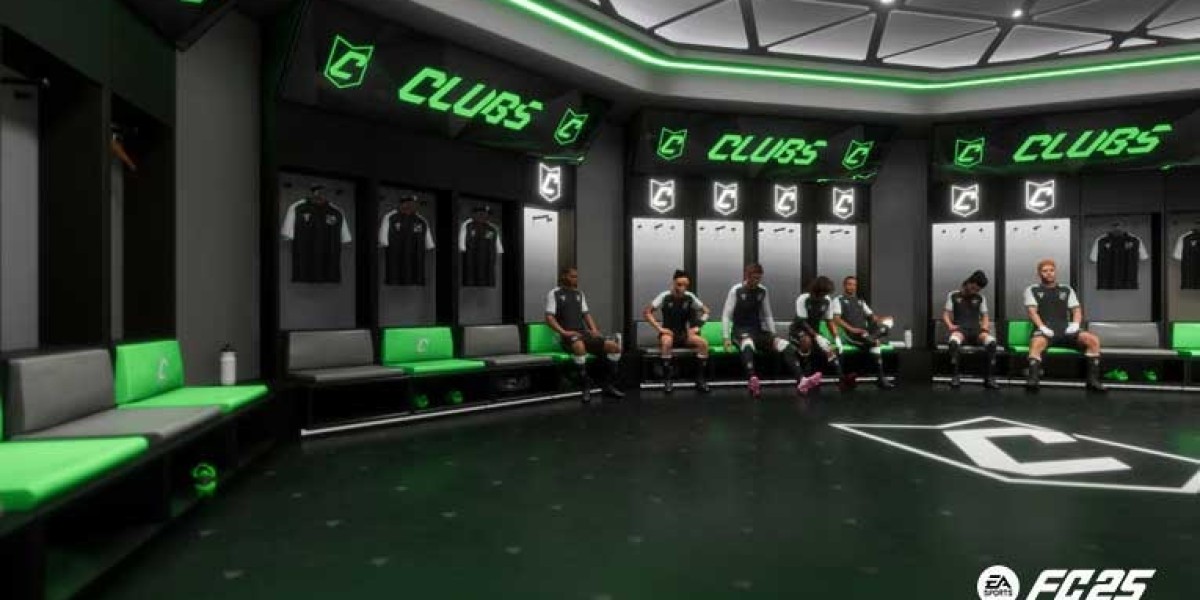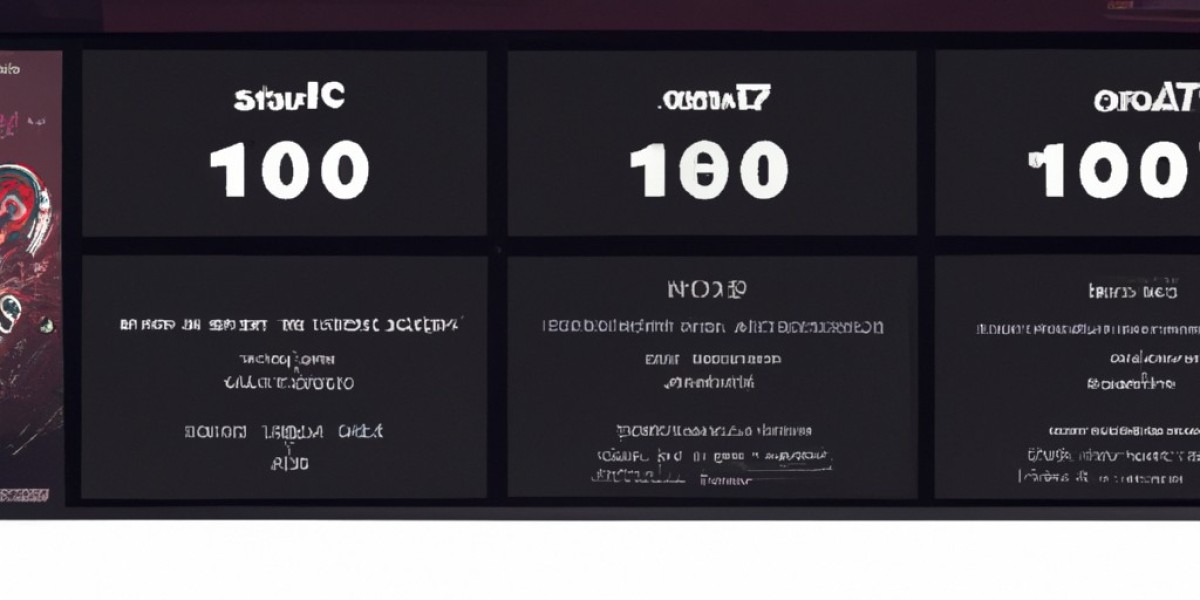In today's fast-paced world, where consumers are constantly bombarded with advertisements across various digital platforms, marketers are increasingly turning towards innovative ways to capture their audience's attention. One such method gaining significant traction is Digital Out-of-Home (DOOH) advertising. Unlike traditional static billboards or posters, DOOH leverages digital technology to deliver dynamic, engaging content in high-traffic public locations. This article delves into the concept of DOOH, its benefits, and its role in shaping the future of advertising.
Understanding Digital Out-of-Home Advertising:
DOOH refers to any digital advertising displayed in public spaces, such as airports, shopping malls, transit stations, and roadside billboards. These digital displays come in various forms, including digital billboards, video walls, interactive kiosks, and digital screens in taxis and buses. What sets DOOH apart from traditional out-of-home advertising is its ability to deliver targeted, dynamic content in real-time.
Benefits of DOOH Advertising:
Dynamic Content: Unlike static billboards, DOOH allows advertisers to display dynamic content that can be updated remotely and in real-time. This flexibility enables brands to deliver timely messages, promotions, and even personalized content based on factors like location, time of day, weather, or audience demographics.
High Visibility: Digital displays in high-traffic areas ensure maximum visibility for advertisements, making them more effective in reaching a broader audience. Whether it's a busy intersection, a crowded airport terminal, or a bustling shopping center, DOOH grabs the attention of passersby and commuters alike.
Enhanced Engagement: Interactivity is a key advantage of DOOH advertising. Touchscreen kiosks, QR codes, and NFC technology enable consumers to engage with content directly, leading to a more immersive brand experience. Interactive campaigns can gather valuable data about consumer behavior and preferences, helping advertisers refine their strategies for better results.
Cost-Effective: While the initial investment in digital displays may be higher than traditional static billboards, DOOH offers cost savings in the long run. Digital content can be updated quickly and inexpensively without the need for printing or installation costs associated with traditional signage.
Measurable Results: Digital technology enables advertisers to track the performance of their campaigns accurately. Metrics such as impressions, dwell time, and engagement rates provide valuable insights into campaign effectiveness, allowing brands to optimize their strategies for maximum impact.
The Future of DOOH:
As technology continues to evolve, the future of DOOH looks promising. Advancements in data analytics, artificial intelligence, and augmented reality are transforming DOOH into a highly targeted and personalized advertising medium. Imagine digital displays that recognize individual viewers and deliver tailored content based on their preferences or past interactions with the brand.
Furthermore, the integration of DOOH with other digital channels, such as mobile devices and social media, creates seamless omnichannel experiences for consumers. For example, a DOOH advertisement featuring a QR code or a hashtag encourages viewers to engage further online, extending the reach of the campaign beyond the physical display.
In conclusion, Digital Out-of-Home advertising represents a significant evolution in the way brands connect with their target audience. Its ability to deliver dynamic, engaging content in high-traffic public spaces makes it a powerful tool for marketers looking to cut through the clutter and make a lasting impression. As technology continues to advance, the possibilities for DOOH are endless, promising a future where advertising is not just seen but experienced.







